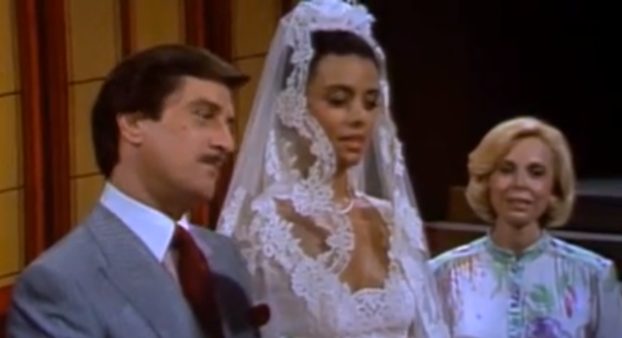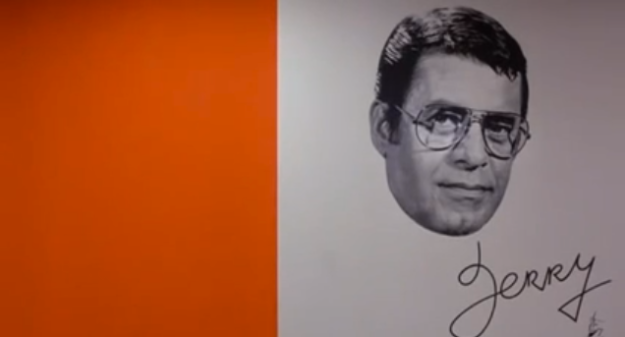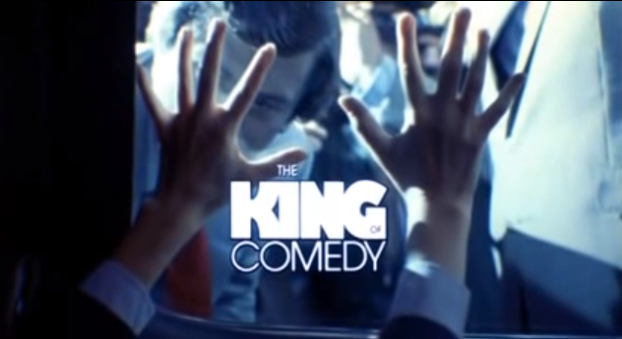– – –
This is an essay that reviews and discusses Robert Kolker’s book on cinema: A Cinema of Loneliness.
Author: Alberto D’Onofrio
– – –
A Cinema of Loneliness is a book written by Robert Kolker, a professor of Film Studies and Digital Media. Along with A Cinema of Loneliness, he has written Film, Form and Culture, The Altering Eye (a book on European Cinema) and an online article, The Moving Image Reclaimed. While he has taught at three different schools in his career (University of Maryland, University of Virginia and Georgia Institute of Technology), his goal in teaching film has been the same: “Getting control of the image and handing that control over to students” (McGraw-Hill, 1). Kolker continues this statement by explaining that an audience cannot pause a film while it is playing at a cinema but with the technology of VCR and DVD, it is possible to become intimate with a film to allow a deeper analysis of it. This is an idea discussed by Kolker in the introduction to his book, A Cinema of Loneliness.
Kolker begins with an introduction that discusses the decline of assembly-line film production in the late 1950s and early 1960s – a system where major studios would have their own resources of producers, directors, writers and actors to quickly and efficiently make films. Television was a factor during this decline, which forced studios to experiment with Cinerama, Cinemascope, 3D and epics. While this time period included important films such as Vertigo (1958) and Touch of Evil (1958), it had economic issues by producing big budget films with no profit. This prompted studios to take low-cost risks on young filmmakers who, influenced by art cinema, delivered critical and challenging films. Kolker’s brief history of the studio system up to this point conveniently introduces the content of his book: an analysis of film directors who emerged and survived from this transitional state of the studio system. The directors in discussion are mainly Arthur Penn, Oliver Stone, Stanley Kubrick, Martin Scorsese, Steven Spielberg, Robert Altman and David Fincher. While Fincher did not emerge from the same time period as the directors listed, Kolker introduces him in the book’s recent edition as another filmmaker who develops expressive and complex narratives. The author closes his introduction by writing that the technology allows him to view and analyze films like a book – having control of when to stop, look, or go back, which prepares the audience for a critical and deep analysis of cinema.
To briefly summarize the content of A Cinema of Loneliness, Kolker’s analysis of the directors is organized into five chapters: One: Penn, Stone, Fincher; two: Kubrick; three: Scorsese; four: Spielberg, and five: Altman. The author explains their styles by examining selected films and connects them with the subject of loneliness in films and our culture. Kolker describes a film noir-influenced Arthur Penn as having characters that are paranoid, trapped, and vulnerable as in Mickey One (1965) and Bonnie and Clyde (1967). The author attributes similar qualities to Oliver Stone and David Fincher in the same chapter. Stanley Kubrick is discussed as a filmmaker who is disconnected from commercial American cinema, which is why he was able to develop such complex narrative and cinematic space with his camera-work as Orson Welles did. His characters also deal with isolation, especially in 2001: A Space Odyssey (1968). Kolker relates Martin Scorsese to Arthur Penn as having psychologically driven character studies such as Travis Bickle in Taxi Driver (1976), another connection to the term in discussion of loneliness. The author describes Steven Spielberg’s films as “absorptive and distributive” (Kolker, 325) meaning that he forces the spectator into his worlds and satisfies the audience, a world that is often built with special effects, a topic he also discusses alongside Spielberg’s films. While his characters can experience isolation, the author also suggests the isolation of the viewer within the realm of cinema. Finally, Kolker concludes with Robert Altman, a filmmaker who provides loose narratives with wide perspectives, demanding the audience to pay close attention, much like Douglas Sirk’s trust on the viewer’s imagination.
Kolker’s book is well structured. He begins with a historical introduction to lead into the start of the filmmakers’ careers and each chapter is dedicated to a certain approach to film and the directors’ styles. While they have stylistic differences, Kolker finds ways to connect them and he does so by exploring communication theories of ideology by Louis Althusser and encoding/decoding by Stuart Hall. A Cinema of Loneliness introduces these theories because they are important to how Kolker will examine his films without solely looking at form. Ideologically, films are embedded with social needs of a certain culture or group of people. These ideas are coded by the filmmaker and are open to be decoded by the audience. Along with communication theory, film theory is also discussed when explaining films in order to discuss their influences. For instance, Kolker writes about film noir and German expressionism when explaining Arthur Penn’s films and Sergei Eisenstein when discussing Oliver Stone’s way of cutting film. Expanding on film history, he discusses many films outside a director’s work. For example, he explains how Martin Scorsese’s Goodfellas (1990) emerges from Raoul Walsh’s The Roaring Twenties (1939).
From the explanation of Kolker’s writing approach to A Cinema of Loneliness, it is evident that there is a lot of information in this book, making it a dense reading. I believe it is because the author analyzes most of the major films of seven directors along with film theory, film history, and concepts of ideology. Taking an enormous amount of information and condensing it makes the book a challenge to follow. It was challenging to follow because the directors have different approaches to film and it is difficult to read a heavy analysis on Kubrick, move on to Scorsese, and then to Spielberg – three different directors who each deserve their own book. Albeit the challenging read, I appreciated Kolker’s attempt to connect each director’s work through the idea of loneliness. The connection is valid with the filmmakers having had a portrayal of these paranoid, self-centered characters in their work.
I enjoyed the addition of David Fincher in the author’s fourth edition of the book. Being one of my favorite directors, it was interesting to read an academic analysis on The Social Network (2010) for the first time. A minor aspect I found disappointing was the inclusion of Oliver Stone’s Wall Street: Money Never Sleeps (2010) and the disregard of The Doors (1991). Although the film did not have a true rendering of Jim Morrison, I found it more interesting than the Wall Street (1987) sequel, especially in the way it was edited (this could have been an interesting analysis with Eisenstein in discussion).
Martin Scorsese is the only filmmaker with a reported one-line review of the book that states A Cinema of Loneliness, “Brings the films into clearer focus for film-goers. The filmmakers themselves will find Kolker’s analysis of their works extremely accurate” (Oxford University Press, 1). While the information is dense, Kolker demonstrates a great understanding of film history, theory, and the movies in discussion.
Bibliography
2001: A Space Odyssey. Dir. Stanley Kubrick. Metro-Goldwyn-Mayer. 1968. Online.
“A Cinema of Loneliness”. Oxford University Press. 2011. Web
http://global.oup.com/academic/product/a-cinema-of-loneliness
Bonnie and Clyde. Dir. Arthur Penn. Warner Bros. 1967. Online.
The Doors. Dir. Oliver Stone. TriStar Pictures. 1991. Online.
Goodfellas. Dir. Martin Scorsese. Warner Bros. 1990. Online.
Kolker, Robert Phillip. A Cinema of Loneliness. New York: Oxford UP, 2011. Print.
McGraw-Hill Companies. “Robert Phillip Kolker: About the Author”. 2001. Web.
http://www.mhhe.com/socscience/art-film/kolker2/author.html
Mickey One. Dir. Arthur Penn. Columbia Pictures. 1965. Online.
The Roaring Twenties. Dir. Raoul Walsh. Warner Bros. 1939. Online.
The Social Network. Dir. David Fincher. Columbia Pictures. 2010. Online.
Taxi Driver. Dir. Martin Scorsese. Columbia Pictures. 1976. Online.
Touch of Evil. Dir. Orson Welles. Universal Pictures. 1958. Online.
Vertigo. Dir. Alfred Hitchcock. Paramount Pictures. 1958. Online.
Wall Street. Dir. Oliver Stone. 20th Century Fox. 1987. Online.
Wall Street: Money Never Sleeps. Dir. Oliver Stone. 20th Century Fox. 2010. Online.










